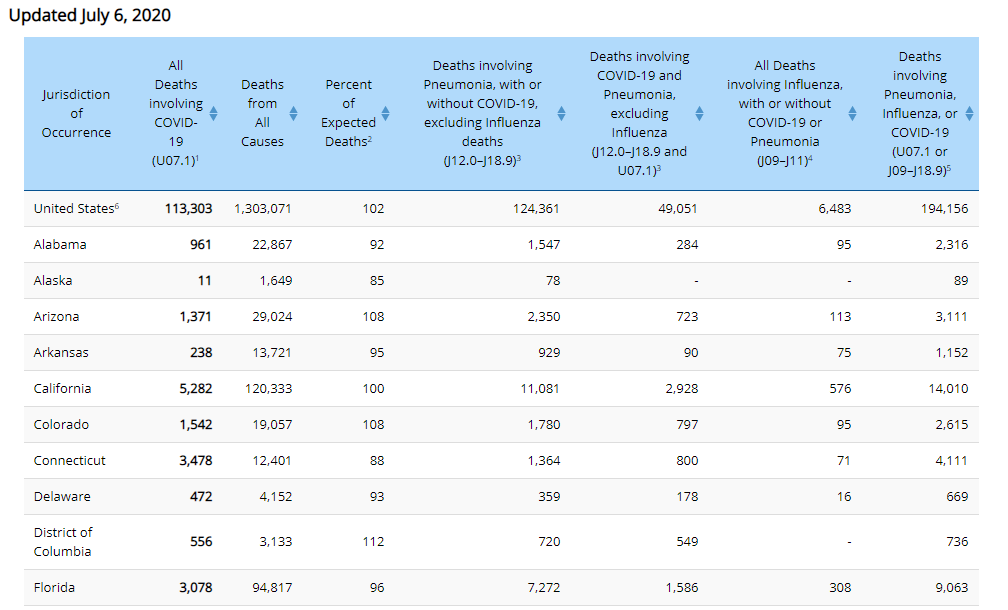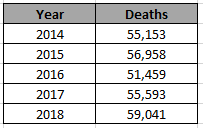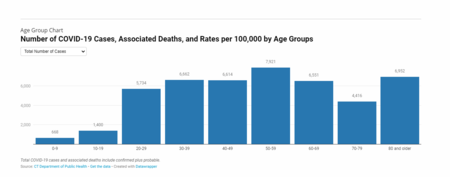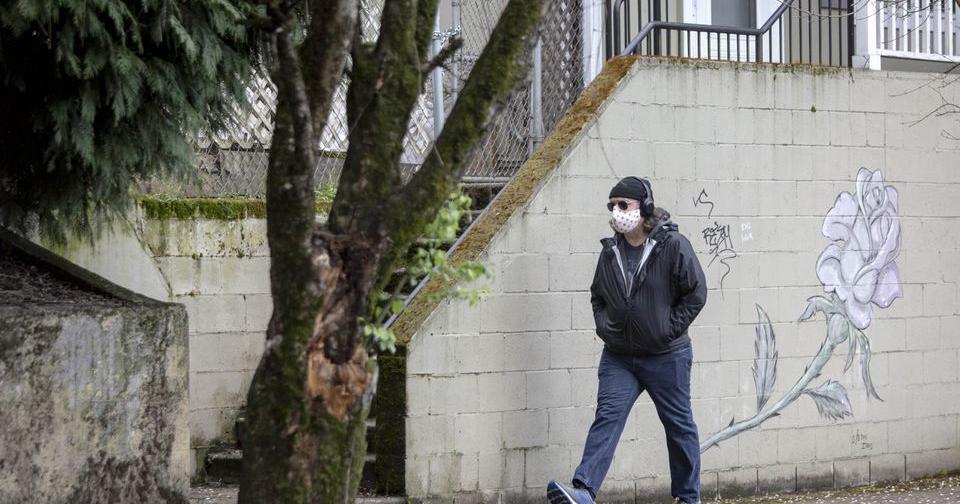Offline
It's strange how different the responses to this are. This seems a bit extreme for 191 cases but then again, Australia did a good job in shutting it down the first time and steps like this will likely knock it out again. At least in Melbourne.








